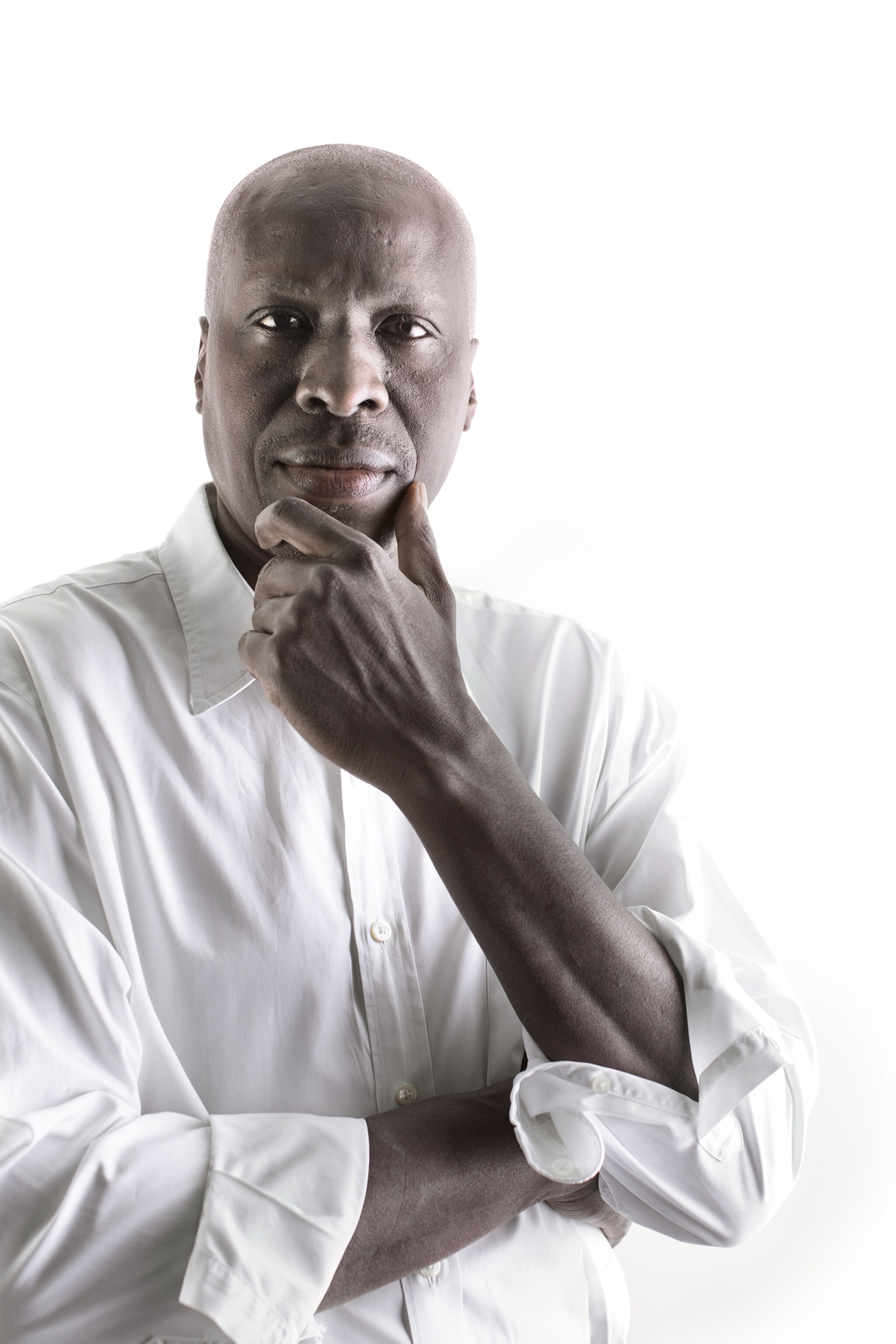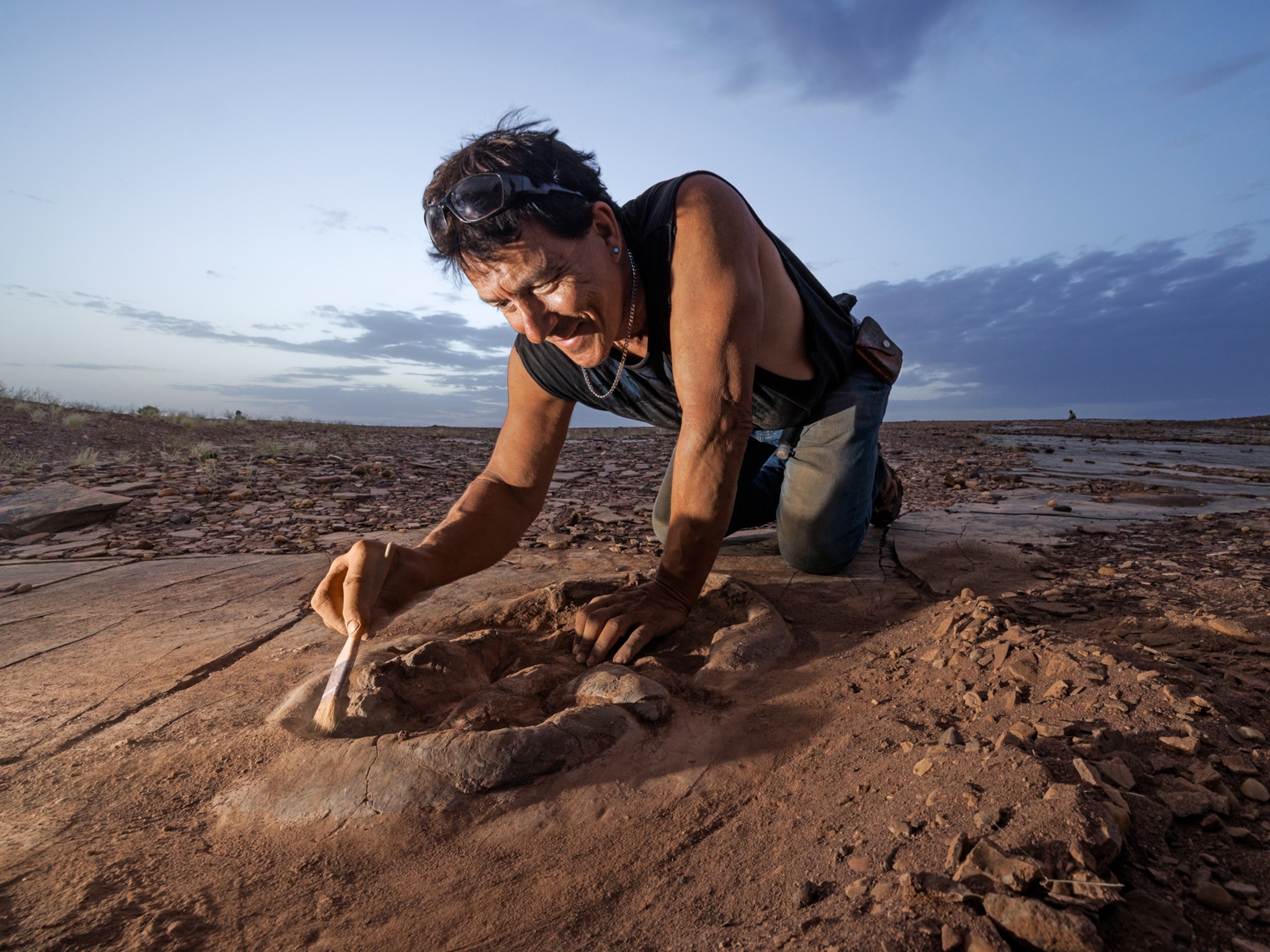
This Kenyan paleoanthropologist is digging deep to find our ancestors
One excavation at a time, Isaiah Nengo is building a fossil record of Africa’s early inhabitants—and sharing expertise with its present ones.
The death of anthropologist Isaiah Nengo was announced in a tweet from the Turkana Basin Institute, where he was associate director. This profile of Nengo, a National Geographic Explorer, appears in the February issue of National Geographic.
Nairobi-born Isaiah Nengo was in high school when he found his life’s work, on a trip to the National Museums of Kenya. A lecture that day by renowned paleoanthropologist Richard Leakey captivated Nengo. After college he volunteered there, and Leakey helped him get into a Ph.D. program at Harvard University.
Nengo began fieldwork in the mid-1980s in western Kenya, where the first fossil he excavated was the pelvis of a 17-million-year-old ape. “I didn’t know at the time just how lucky I was,” he says, laughing. In 2014 he led an expedition in Kenya’s Turkana Basin that discovered the most complete fossil skull of an ape ever found, a 13-million-year-old ancestor of today’s apes and humans. The team gave the skull’s owner the nickname Alesi, from the Turkana word for “ancestor.”
Nengo teaches at New York’s Stony Brook University and Kenya’s Turkana University College. He also runs a master’s program in human evolutionary biology that was launched at Turkana University in 2017. Aiming to build local expertise and research capacity, the program has admitted eight students so far, all Kenyans, six of them women. Nengo would like to add students from neighboring countries in future years. “Training Africans from East Africa is not charity,” he says. “It’s actually essential to the science.”
The National Geographic Society has funded the work of paleoanthropologist Isaiah Nengo since 2018. Learn more about its support of Explorers researching history and culture at natgeo.com/impact.
This story appears in the February 2022 issue of National Geographic magazine.









